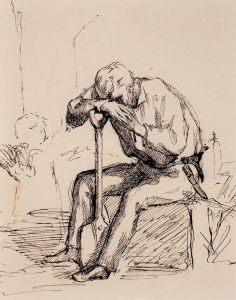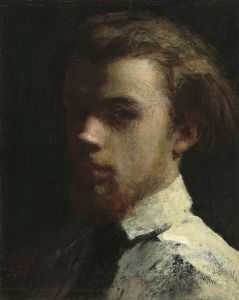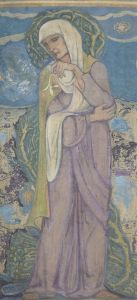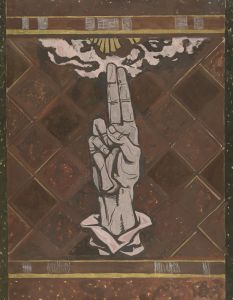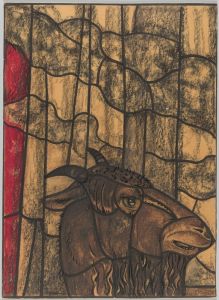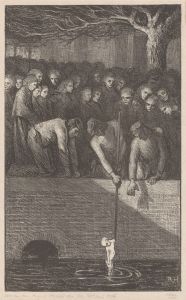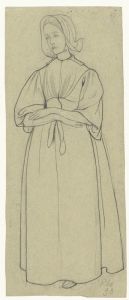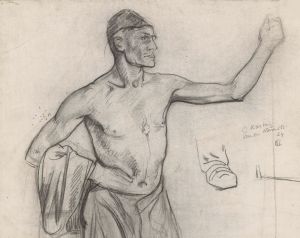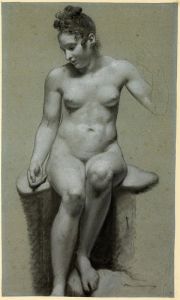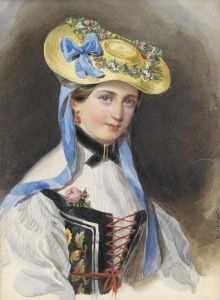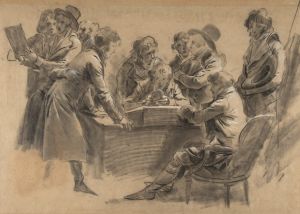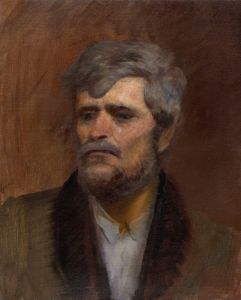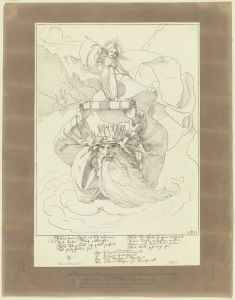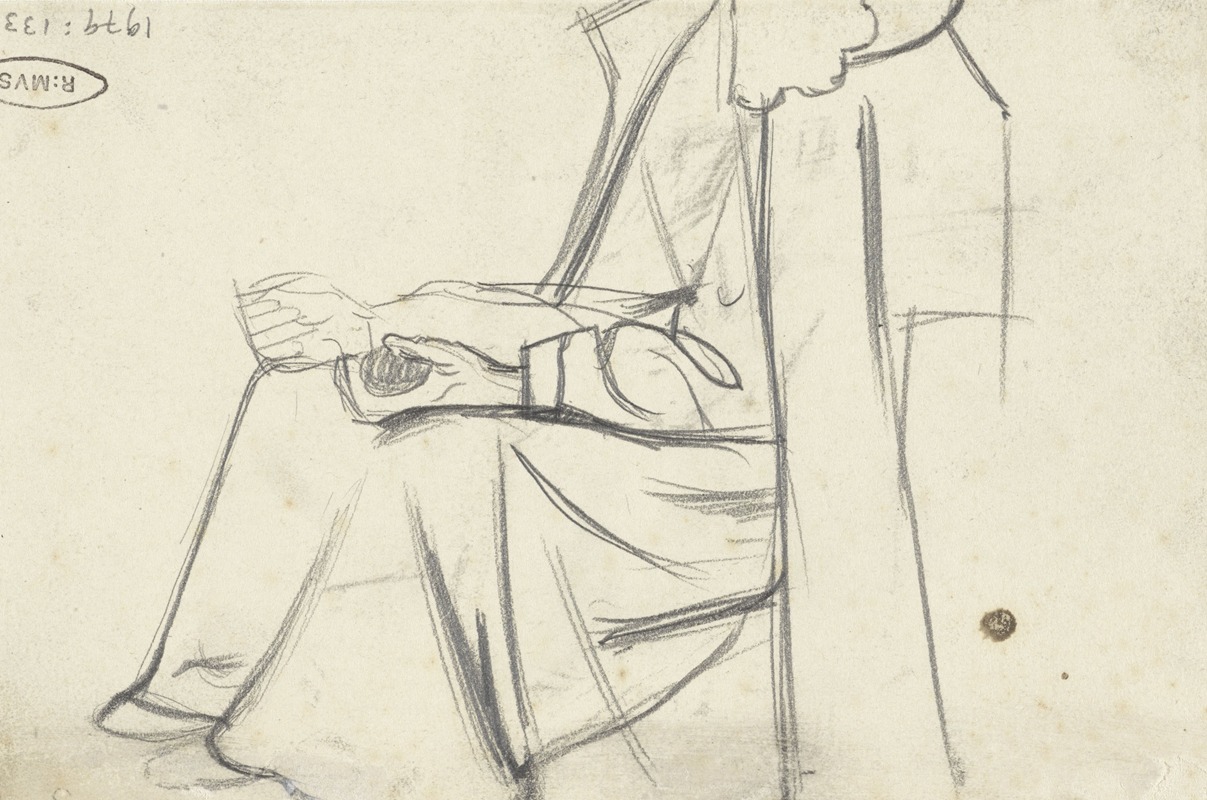
Zittende figuur
A hand-painted replica of Richard Nicolaüs Roland Holst’s masterpiece Zittende figuur, meticulously crafted by professional artists to capture the true essence of the original. Each piece is created with museum-quality canvas and rare mineral pigments, carefully painted by experienced artists with delicate brushstrokes and rich, layered colors to perfectly recreate the texture of the original artwork. Unlike machine-printed reproductions, this hand-painted version brings the painting to life, infused with the artist’s emotions and skill in every stroke. Whether for personal collection or home decoration, it instantly elevates the artistic atmosphere of any space.
Richard Nicolaüs Roland Holst was a prominent Dutch artist known for his contributions to the Symbolist movement in the late 19th and early 20th centuries. Born on December 4, 1868, in Amsterdam, he was part of a family with a strong artistic tradition. His work spanned various forms, including painting, illustration, and design, and he was also a noted writer and lecturer on art.
One of his works, "Zittende figuur" (translated as "Seated Figure"), exemplifies his style and thematic interests. Roland Holst's art often explored themes of mysticism, spirituality, and the human condition, reflecting the broader Symbolist movement's focus on representing the unseen and the emotional through symbolic imagery.
"Zittende figuur" is a painting that captures a seated figure, rendered with a focus on form and mood rather than intricate detail. Roland Holst's use of color and composition in this piece is indicative of his broader artistic approach, which often involved a muted palette and a focus on the interplay of light and shadow to evoke a sense of introspection and contemplation.
The figure in the painting is depicted in a contemplative pose, which is a common motif in Roland Holst's work, suggesting an introspective or meditative state. This aligns with the Symbolist movement's interest in exploring the inner life and the spiritual or emotional states of individuals. The simplicity of the composition allows the viewer to focus on the emotional resonance of the figure's posture and expression.
Roland Holst was deeply influenced by the social and political changes of his time, and his work often reflects a desire to connect art with broader humanistic and philosophical themes. He was associated with the Dutch labor movement and believed in the potential of art to inspire social change and personal transformation.
In addition to his painting, Roland Holst was a prolific writer and lecturer, contributing to the discourse on art and its role in society. He served as a professor at the Rijksakademie van Beeldende Kunsten in Amsterdam, where he influenced a generation of artists with his teachings on the integration of art and life.
"Zittende figuur" is a testament to Roland Holst's ability to convey complex emotional and philosophical ideas through simple yet powerful imagery. His work remains an important part of Dutch art history, reflecting the broader trends of Symbolism while also contributing to the unique cultural and artistic landscape of the Netherlands during his lifetime.
Richard Nicolaüs Roland Holst passed away on December 31, 1938, but his legacy continues through his contributions to art and his influence on subsequent generations of artists and thinkers. His works, including "Zittende figuur," are celebrated for their depth, introspection, and the way they capture the spirit of an era marked by profound change and exploration of new ideas.





